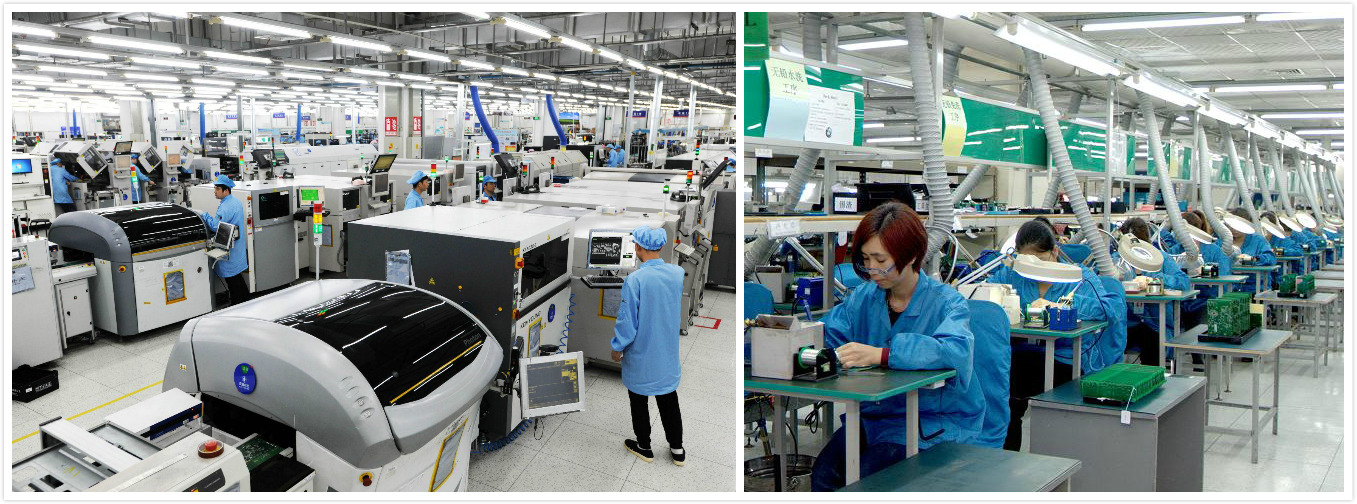What is PCB Assy? | Complete Guide to PCB Assembly 2025
Table of Contents
- What is PCB Assy?
- The PCB Assy Process Explained
- Key Components Used in PCB Assembly
- Types of PCB Assy Technologies
- Applications of PCB Assy
- Benefits of Professional PCB Assembly
- Summary Table: PCB Assy Overview
- Company Spotlight: Wintech PCB Assembly Services
- FAQs About PCB Assy
- References
What is PCB Assy?
The term PCB Assy stands for Printed Circuit Board Assembly. It refers to the complete process of soldering and assembling electronic components onto a printed circuit board (PCB) to create a fully functional electronic circuit. In modern electronics manufacturing, PCB assy plays a crucial role in enabling complex functionalities within compact, durable, and high-performance devices.
From consumer gadgets to aerospace control systems, the PCB assy process ensures precision, reliability, and performance across industries. Every component placement, solder joint, and inspection step defines the quality of the final product.
The PCB Assy Process Explained
Understanding the PCB assy process involves breaking it down into several key stages that transform a bare board into an operational electronic assembly.
1. Design and Layout Preparation
Before assembly begins, engineers design the board layout using CAD software. This stage includes component placement, routing, and preparing Gerber files for manufacturing.
2. Solder Paste Application
A stencil is used to apply solder paste precisely where components will be mounted. The solder paste consists of microscopic solder balls mixed with flux to help adhesion and heat transfer.
3. Component Placement
Using automated pick-and-place machines, components such as resistors, capacitors, and ICs are placed onto the solder-pasted board with extreme precision.
4. Reflow or Wave Soldering
In surface mount technology (SMT), the board passes through a reflow oven where the solder paste melts and solidifies, forming strong electrical connections. For through-hole components, wave soldering is used instead.
5. Inspection and Testing
Automated Optical Inspection (AOI), X-ray inspection, and functional testing ensure that each assembled board meets quality standards before shipping.
Key Components Used in PCB Assembly
- Resistors, capacitors, and diodes
- Integrated circuits (ICs)
- Microcontrollers and processors
- Connectors and sockets
- Transistors and inductors
- Switches, relays, and LEDs
Each component in the PCB assy process serves a unique electrical purpose, contributing to the overall functionality of the device.
Types of PCB Assy Technologies
Modern PCB assembly typically employs one or both of the following technologies:
Surface Mount Technology (SMT)
SMT is the most common method for compact electronic assemblies. Components are mounted directly onto the PCB surface, allowing for miniaturization and efficient production.
Through-Hole Technology (THT)
THT involves inserting component leads into drilled holes on the PCB and soldering them from the opposite side. It is ideal for components requiring stronger mechanical bonds or high-power applications.
Mixed Technology Assembly
Some advanced products use both SMT and THT components, known as hybrid PCB assy, to combine strength and efficiency.
Applications of PCB Assy
PCB assemblies are at the heart of nearly all modern electronics. Typical applications include:
- Consumer Electronics (smartphones, TVs, laptops)
- Medical Equipment
- Industrial Automation Systems
- Automotive Electronics
- Telecommunication Devices
- Aerospace and Defense Equipment
Benefits of Professional PCB Assembly
Partnering with a professional PCB assy provider ensures consistent quality, precision, and scalability. Here are some key advantages:
- High-speed automated assembly for mass production
- Accurate component placement and reduced defects
- Rigorous testing for durability and performance
- Flexibility for custom designs and prototypes
- Cost efficiency through optimized supply chain management
Summary Table: PCB Assy Overview
| Aspect | Description |
|---|---|
| Full Form | Printed Circuit Board Assembly (PCB Assy) |
| Main Processes | Design, Component Placement, Soldering, Inspection, Testing |
| Technologies Used | SMT, THT, Mixed Assembly |
| Industries Served | Consumer Electronics, Automotive, Medical, Aerospace, Industrial |
| Quality Checks | AOI, X-ray, Functional and Burn-in Testing |
Company Spotlight: Wintech PCB Assembly Services

Wintech is a full turnkey service provider specializing in high-mix, low to mid volume electronics manufacturing and custom material solutions. With decades of experience, Wintech delivers PCB assy, prototyping, and complete product systems for clients across the globe.
Renowned for its expertise in complex PCB layouts, high-precision assembly, and full-system electronic contract manufacturing, Wintech partners with many Fortune 500 enterprises and tech innovators worldwide.
Services offered:
- PCB Design & Layout
- PCB Manufacturing
- PCB Assembly & PCBA SMT
- Quick Turn Fast PCB Prototype Assembly
- New Product Introduction NPI
- Plastic Molding
- Metal Precision Machining
- Enclosures & Racks & Frames
- Backplanes & Sever Chasis
- Cable Harness & Assembly
- Cabinet & Panel PLC Wiring
- Electro-Mechanical Assembly
- Turnkey Box Build
- Repair And Rework
With Wintech, customers receive end-to-end support — from design to delivery — ensuring every PCB assy meets international standards for performance and reliability.
FAQs About PCB Assy
1. What does PCB Assy stand for?
PCB Assy stands for Printed Circuit Board Assembly, referring to the process of assembling components onto a circuit board.
2. What’s the difference between PCB and PCBA?
A PCB is a bare printed circuit board without components. A PCBA (or PCB Assy) is a completed board with all components mounted and soldered.
3. What is the cost of PCB Assy?
The cost varies based on board complexity, number of layers, component density, and production volume. Prototype assemblies typically cost more per unit than mass production runs.
4. How long does PCB Assembly take?
Lead time ranges from a few days for quick-turn prototypes to several weeks for complex multi-layer boards with sourcing and testing requirements.
5. Why choose Wintech for PCB Assy?
Wintech offers full turnkey solutions, precision manufacturing, and global reliability, ensuring clients receive consistent quality, flexibility, and efficiency at every step.
References
- Wikipedia: Printed Circuit Board
- PCBWay: PCB Manufacturing & Assembly
- Electronics Tutorials: PCB Design and Assembly






